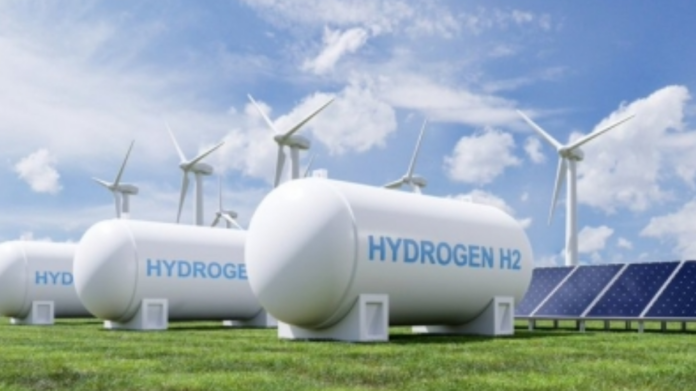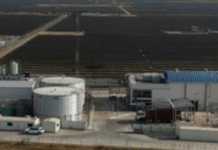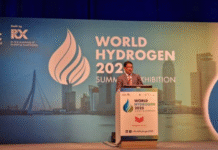New Delhi— In a breakthrough that could advance clean energy technologies, researchers at the Jawaharlal Nehru Centre for Advanced Scientific Research (JNCASR) in Bengaluru have developed a novel, metal-free organic catalyst capable of producing hydrogen fuel by harvesting mechanical energy.
The new catalyst, a porous covalent-organic framework (COF), is designed to facilitate piezocatalytic water splitting—a process that uses mechanical stress to generate charge carriers in piezoelectric materials, which then catalyze the separation of water into hydrogen and oxygen.
Published in the journal Advanced Functional Materials, the study introduces a cost-effective COF built from imide linkages between tris(4-aminophenyl) amine (TAPA), an organic donor molecule, and pyromellitic dianhydride (PDA), an electron acceptor. This configuration displays ferrielectric (FiE) ordering—an unusual charge arrangement that enables high piezocatalytic activity.
“This discovery challenges the conventional reliance on heavy or transition metal-based ferroelectric materials for water splitting,” said Professor Tapas K. Maji, who led the research from JNCASR’s Chemistry and Physics of Materials Unit.
Traditional ferroelectric materials often suffer from charge confinement at the surface, leading to a rapid decline in their catalytic performance. In contrast, the new organic COF features strong charge-transfer properties and a dynamic molecular architecture that responds effectively to mechanical pressure.
The TAPA component, with its propeller-shaped structure and twisting benzene rings, disrupts planar symmetry, allowing the material to stabilize in a low-energy state. Theoretical analyses revealed that this COF exhibits a unique electronic configuration where energy bands resonate and interact via dipolar ordering—producing a flexible, mechanically responsive lattice structure with FiE behavior.
“This flexible and dynamic nature allows the material to efficiently generate hydrogen through water splitting under mechanical stress, without the need for metal-based catalysts,” the researchers noted.
The development paves the way for a new class of green hydrogen production technologies that use cost-effective, metal-free materials and mechanical energy, contributing to sustainable energy solutions. (Source: IANS)








